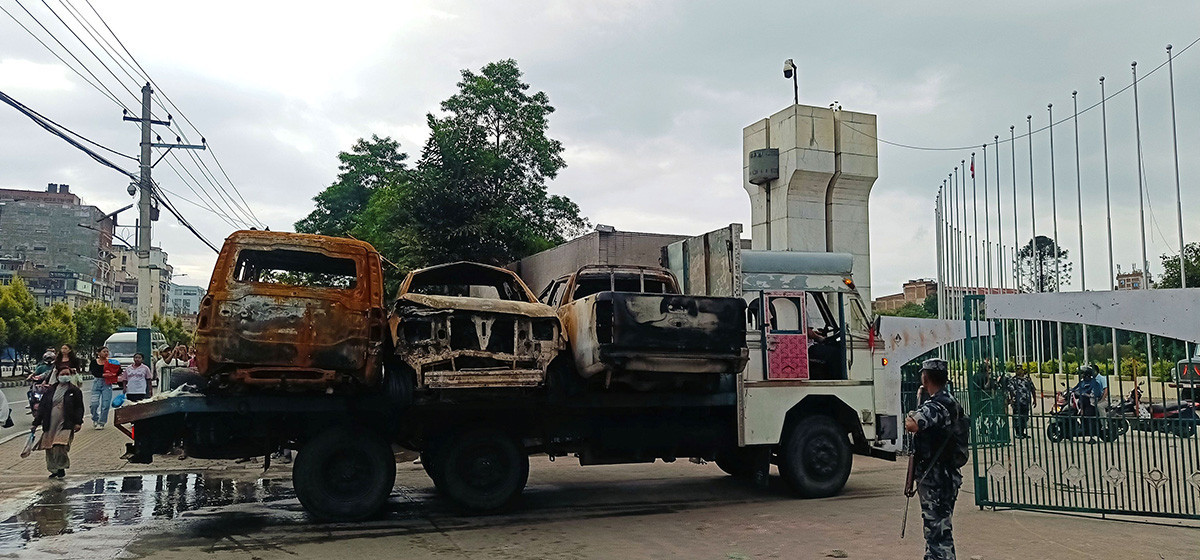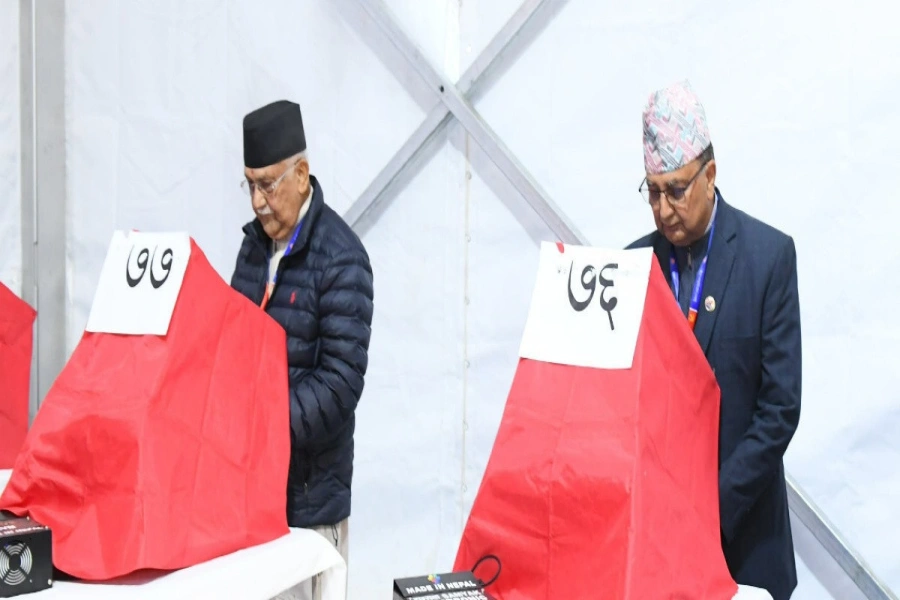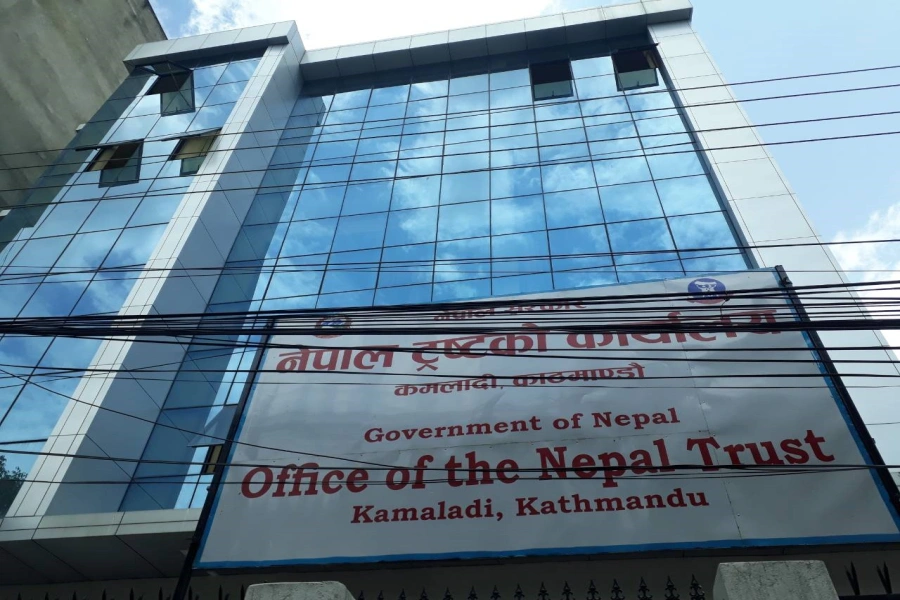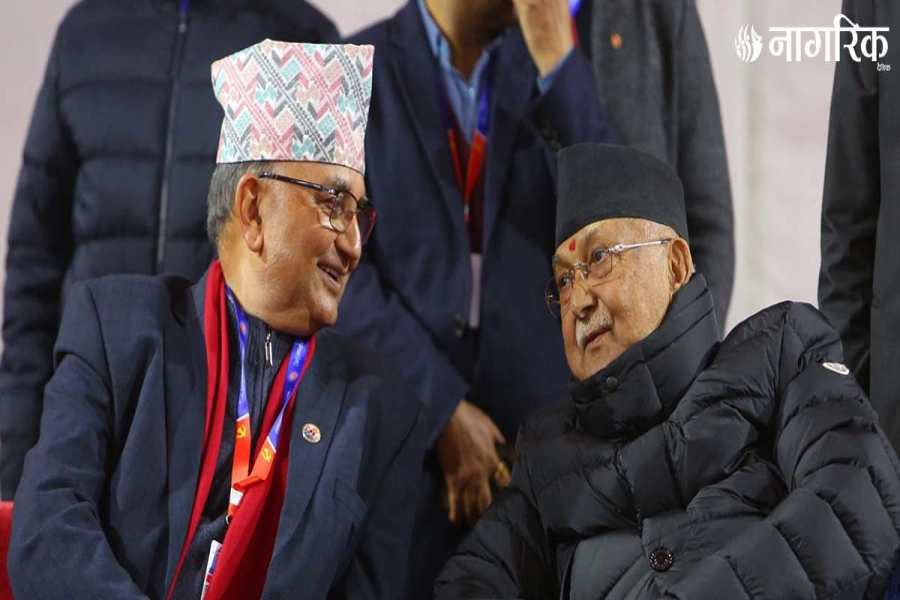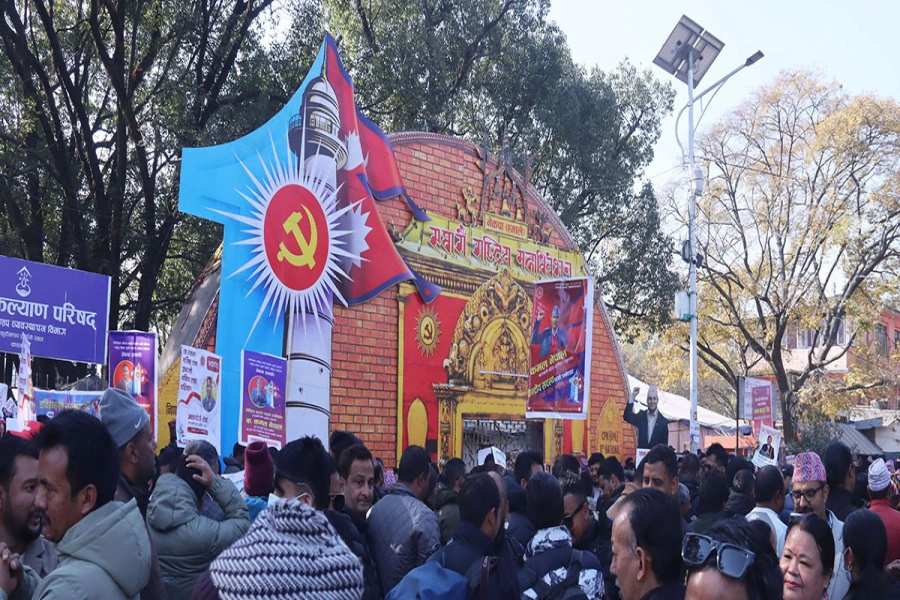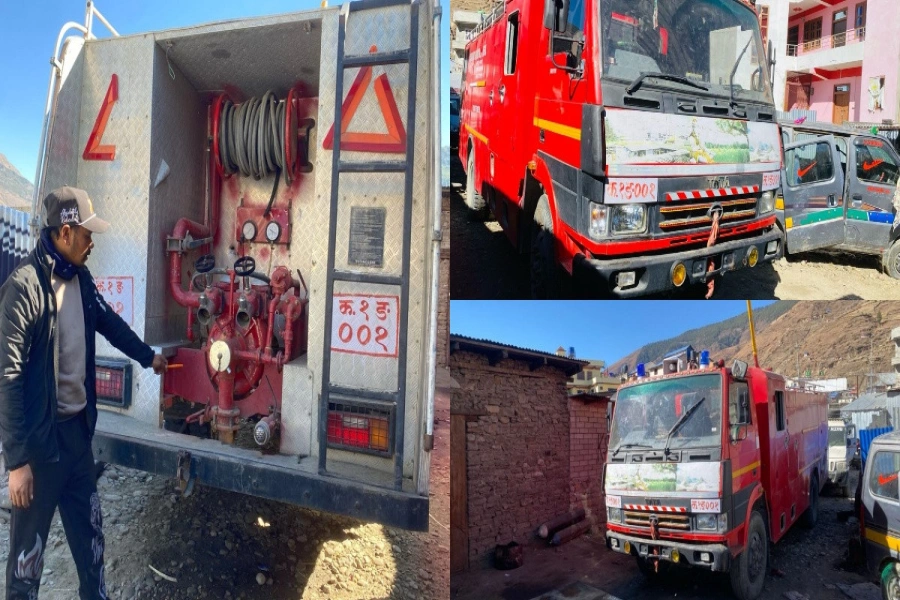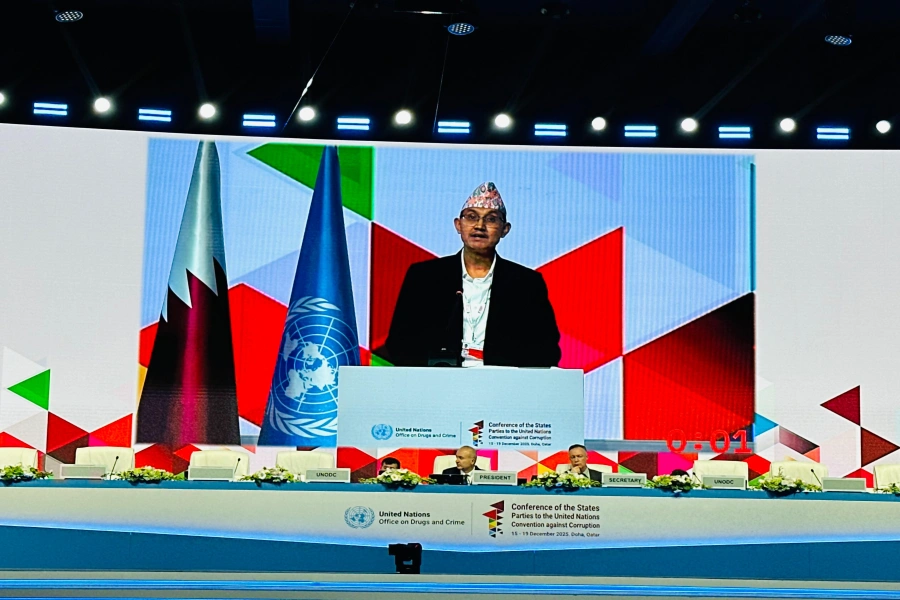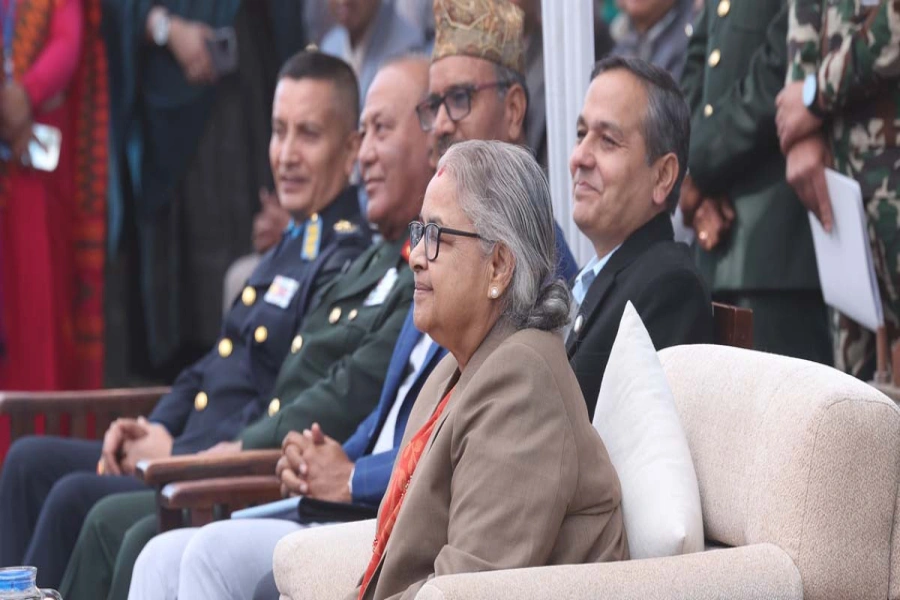NEA, independent developers adding more than 240 MW to national grid
KATHMANDU, Jan 4: The year 2017 will set a record in power generation, people invoved in the hydropower sector say.
Two plants of Nepal Electricity Authority (NEA), having combined capacity of 44 MW, are starting generation in 2017, while projects developed by independent power producers will add a minimum of 200 MW to national grid this year, according to a projection made in the National Energy Crisis Prevention and Electricity Development Decade (2016-2026) document.
Others say that power generation in 2017 could go even higher.“"If Upper Trishuli 3A (60 MW) starts generation this year, the figure will go even higher”" Gokarna R Pantha, spokesperson of the Ministry of Energy, said, quoting the document.
Upper Trishuli 3A to start commercial generation from Monday

The 99-point document was unveiled in February last year with the target of eradicating load-shedding in two years, and generating 10,000 MW in the next 10 years.
Hydropower plants across the country are generating 846 MW at present, according to details updated in the website of Department of Electricity Development on December 28, 2016.
Plants promoted by private sector added 121.5 MW to the national grid in 2016. NEA has not made any contribution to the national grid since 2008 when Mid-Marshyangdi Hydropower Project (70 MW) started generation.
NEA hopes to complete the Rasuwa-based Upper Trishuli 3A plant this year.
Officials of Independent Power Producers' Association, Nepal (IPPAN) said 2017 could set a record in hydropower generation. "If work of all plants progresses as per the schedule, the year will set a record in power generation," Shailendra Guragain, newly elected president of IPPAN, said.
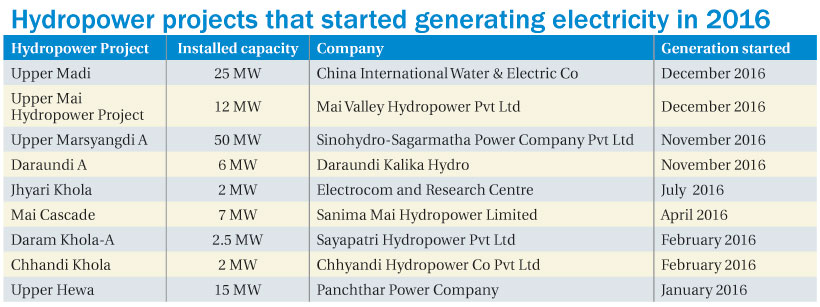 Arun Kabeli A (25 MW), Upper Chaku A (22.2 MW), Thapa Khola (11.2 MW), Khani Khola 1 (40 MW), Lower Hewa (21.6 MW) and Solu Hydropower project (23.5 MW) are some of the projects that could start power generation this year, according to IPPAN officials.
Arun Kabeli A (25 MW), Upper Chaku A (22.2 MW), Thapa Khola (11.2 MW), Khani Khola 1 (40 MW), Lower Hewa (21.6 MW) and Solu Hydropower project (23.5 MW) are some of the projects that could start power generation this year, according to IPPAN officials.
The decade-long action plan for power generation has listed all the projects that could come into generation this year. But officials say Upper Tamakoshi Hydropower Project (456 MW), which was projected to begin generation this year, won't start generation until July 2018.
"Though many projects are preparing to start generation, the chances of energy going waste are high as transmission lines are not being developed in the same pace," added Guragain.
He, however, is hopeful that Minister for Energy Janardan Sharma will put focus on transmission line projects many of which are already behind schedule.
NEA is the only authority in the country to build transmission line.
From acute energy shortage to end of load-shedding
Energy crisis was at its peak when the year 2016 began. Amid shortage of cooking gas, people switched to electricity for cooking. Now, life has improved with the end of load-shedding which was been in place for over a decade
With load-shedding coming to end, industries, though barred to operate during evening peak hours, are mulling over expanding their capacity. Similarly, hotels are reported rise in profits with diesel consumption to power big generators coming to zero with the end of load-shedding. Ministry of Energy has estimated that saving from diesel will be worth Rs 16 billion a year.
Taking a leaf from the fuel crisis that the country saw during last year's Indian blockade, the government has pledged to generate more energy for self-reliance. In the decade-long plan announced earlier this year, the government announced to end load-shedding in two years and generate 10,000 MW within a decade.
The plan document drew positive response from all quarters. The country started importing additional 80 MW through Dhalkebar-Mujaffarpur Transmission Line as a contingency plan as the substation at Dhalkebar was not ready to import electricity.
The country started seeing positive changes after Minister for Energy Janardan Sharma promoted Kulman Ghising to the post of managing director of NEA. Ghising brought unexpected changes in electricity supply and uninterrupted power supply in October caught many by surprise. He focused on demand-side management and strengthened existing supply systems, among others.
Meanwhile, two major plants -- Upper Marshyangdi Hydropower plant (50 MW) and Upper Madi Hydropower plant (2–-MW) - promoted by the private sector came into generation in 2016.
Minister Sharma has also instructed officials to expedite undergoing hydropower projects like Kulekhani III, Upper Trishuli 3A and Chameliya as well as Dhalkebar substation and several other transmission line projects.
The Dhalkebar substation, which is expected to be completed within few months, will enable NEA to import additional electricity to end load-shedding temporarily. A recent agreement with India allows NEA to import additional 40 MW through Dhalkebar-Muzaffarpur transmission line from Sunday.




